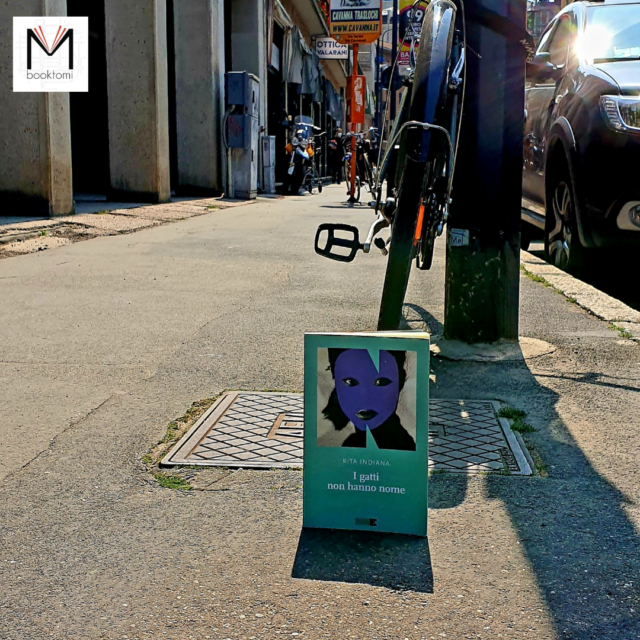“An aunt had told him that his mother was sick and when he had asked about what, his aunt had said to him: mentally ill”.
Every now and then, it happens to everyone, we find a book in our hands by chance and something suggests we move it to the top of the notorious “To Be Read” stack. So it was for this NN, open between the skeptic and the lazy on this sentence: “In the four seconds that followed I concentrated on making every cell of my body invisible, a phenomenon that is obtained by squeezing the ass until not even a pin passes through it” . Practically irresistible.
This book is the story of a summer, one of those that, due to strange adolescent alchemy, remain stuck on us for a lifetime; one of those in which we seem to be able to touch (sweaty, due to the heat and hormones) change, to glimpse a direction (don’t worry, the wrong one). Those summers like “Stand by me”. About the protagonist – 14 years old, sexuality in the making, careful look – we do not know her name. Even about her, about her, her feline, about her, we and her, we don’t know her name. Parked in the veterinarian clinic of his uncle Fin by his parents on their second honeymoon, with the funny name of secretary, the little Dominican tries to understand herself, the world and the characters that live there.
Give a name: to the cat, to aunt Celia’s faces, to the feelings, to the things that happen. Giving a name – or not being able to give it – has everything to do with identity. When something has no name it remains elusive, we take a lifetime to give shape to ourselves, to our fears, to our hopes, to stop and focus them, well before we understand them. To explain all this, Rita Indiana chooses the most ironic, unexpected, perfumed paraphrases, so that emotions can emerge from that seething magma that is pre-adolescence, when they are still unexplained and inexplicable; the relationships between people, which from the outside seem a perfect – complete design – and instead are millions of threads that have learned to remain intertwined; the stories, the gesture of narration that reveals and at the same time hides, signifying and informing life (like the grandmother’s tales that give each version a different truth).
The way the author tells us about that summer of life, is a way to find out about life when you have fourteen years old. Each simile is so poetic, accurate, so dense that we can almost hear it on the language (also thanks to the skill of Vittoria Martinetto, the translator): it pushes us, while we savor it, to forget the world as we are accustomed or forced to read it; she gives us the gift of the right spirit to re-invent it, to give it a new name. A name that is ours, and that scares us a little less.
____________________________________________________________________________________________________
Rita Indiana, Names and animals, NN, Milano, 2016
Original Edition: Nombres y animales, Editorial Periférica, Cáceres, 2013




